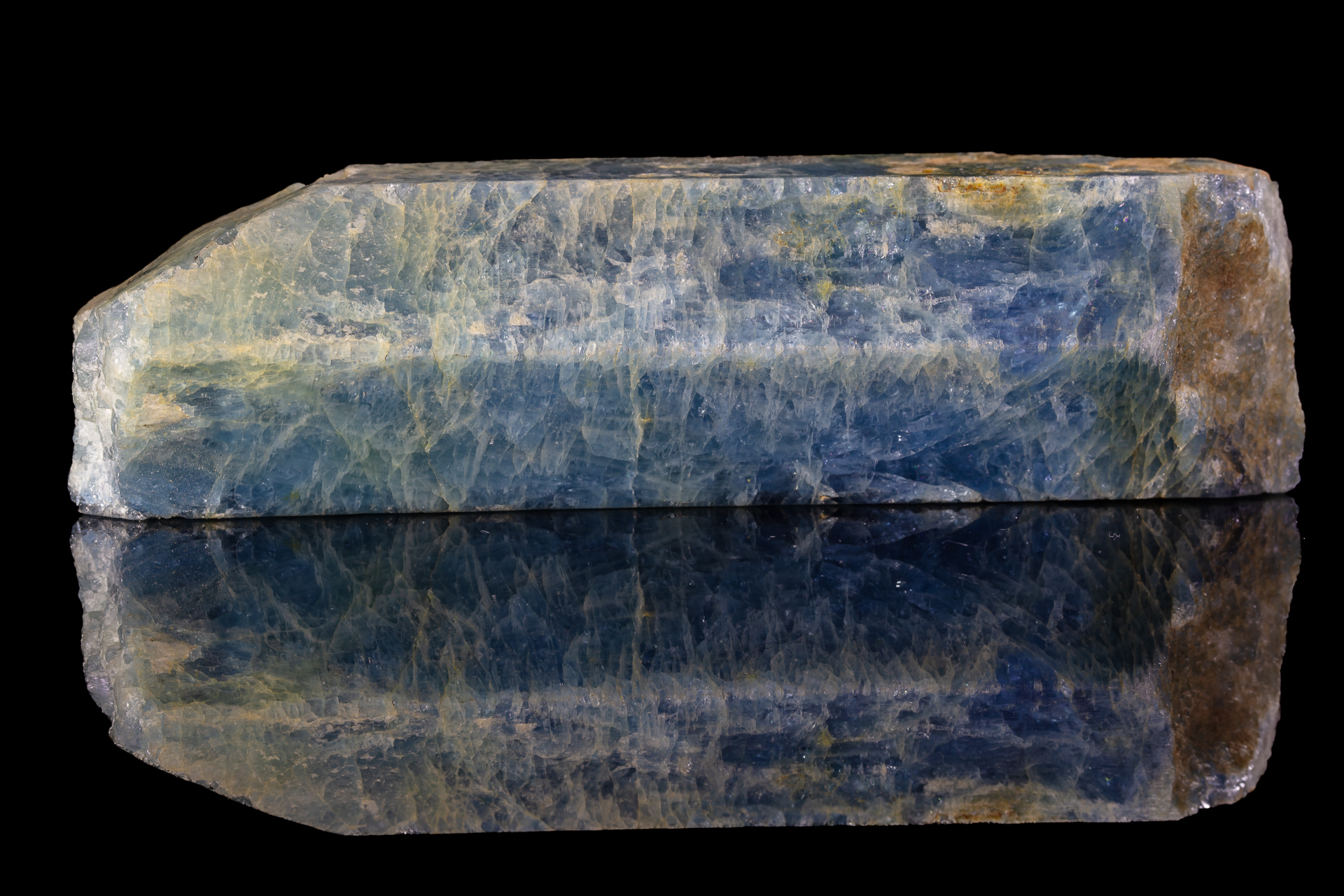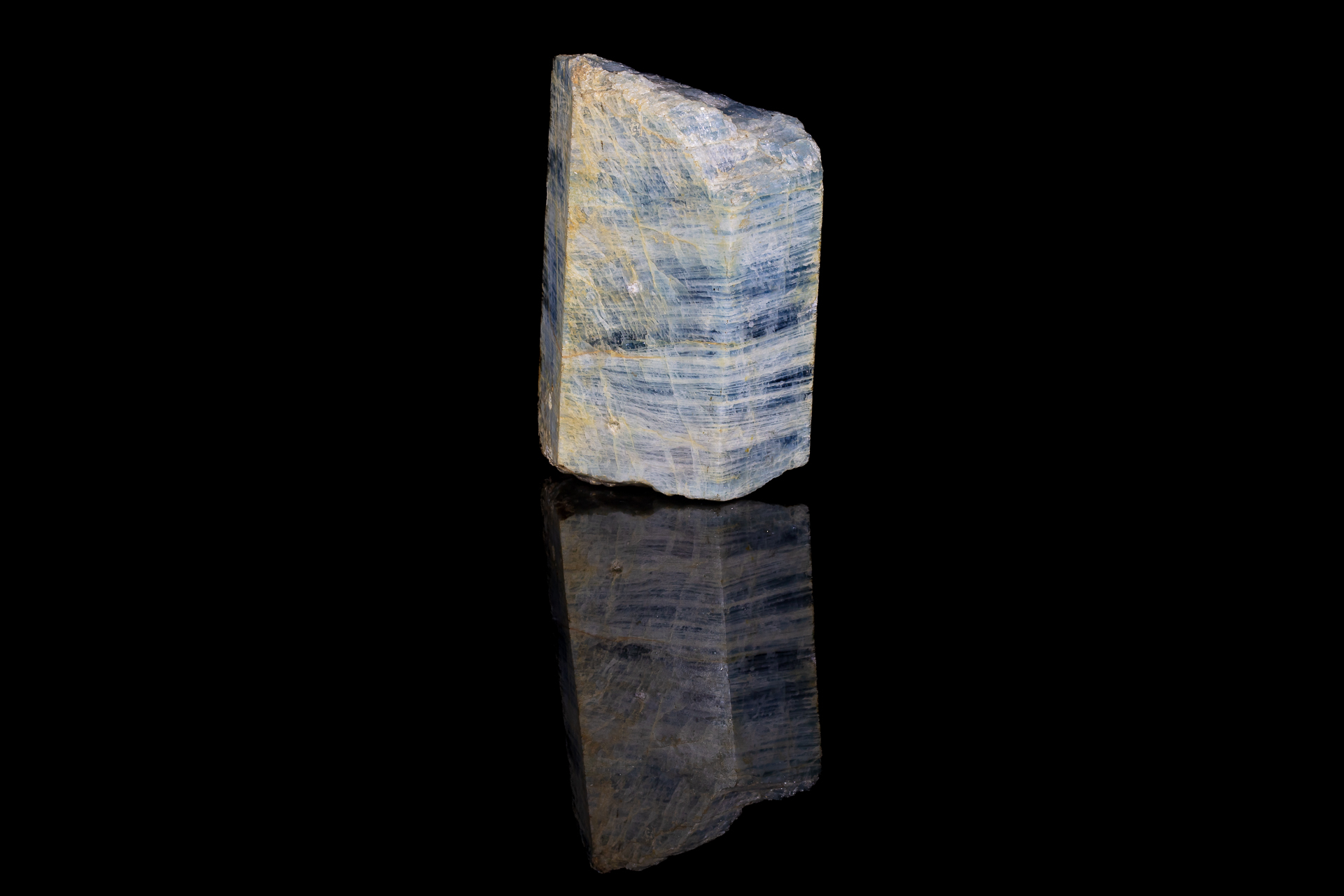Beryl
Formula: Be3Al2(Si6O18)
Species: Silicates – (Cyclosilicate)
Colour: Colorless, green, blue, yellow, white, pink, etc.
Lustre: Vitreous, Sub-Vitreous, Waxy, Greasy
Hardness: 7½ – 8
Specific Gravity: 2.63 – 2.92
Crystal System: Hexagonal
Member of: Beryl group
Name: Possibly from the Greek “beryllos” which referred to a number of blue-green stones in antiquity
Pure beryl is colorless. Beryl is naturally transparent, however inclusions and impurities may make it opaque. All gemmy transparent varieties are highly valued, but the other forms of Beryl in opaque crystals are much more common. A wide range of impurities cause the color. Beryl is a popular mineral which occurs in a diversity of colors and has several gemstone varieties. The green variety, emerald, is caused by traces of chromium. Aquamarine is the greenish-blue to blue variety of beryl due to traces of iron. Other colors include the pink morganite and the yellow heliodor. A deep red variety of beryl is extremely rare and come from two localities in Utah. Some of the largest natural crystals are of beryl, with enormous crystals having been found in several pegmatites occurences.


